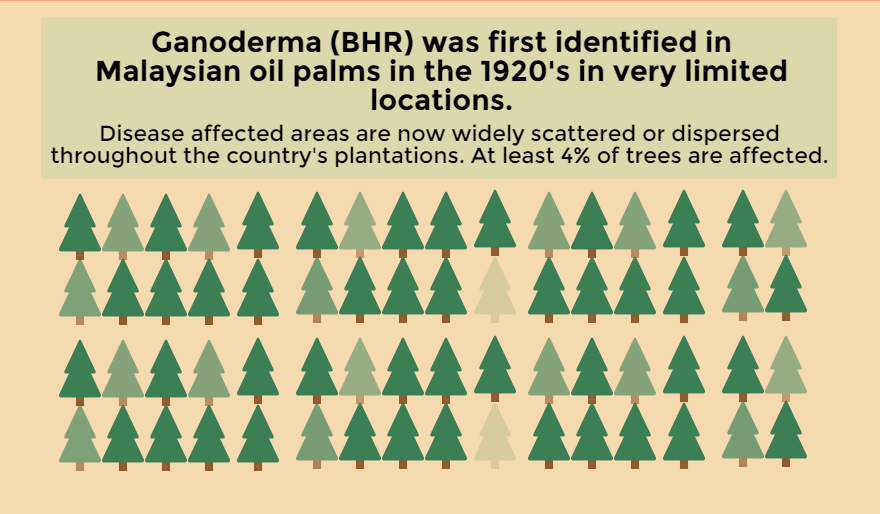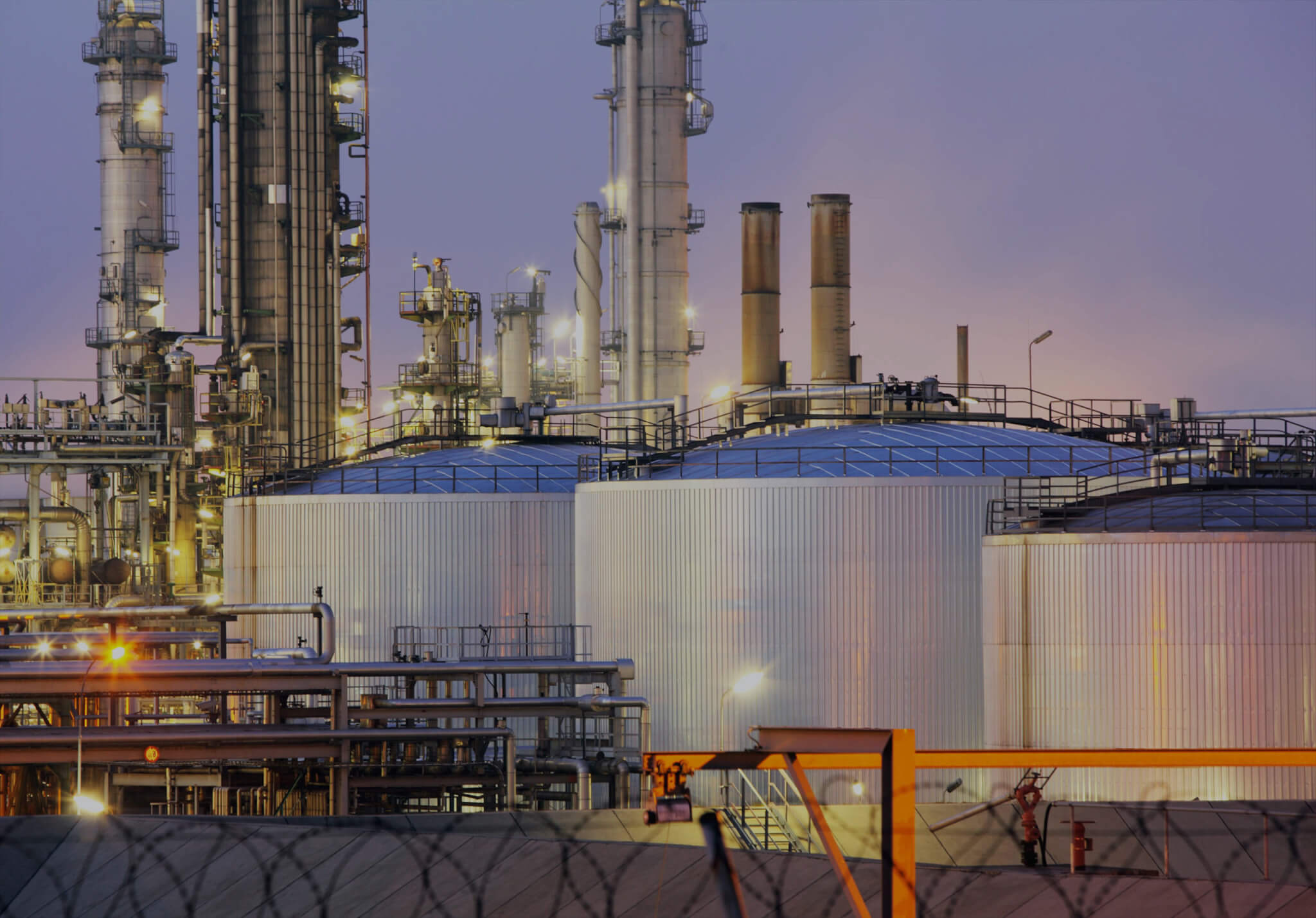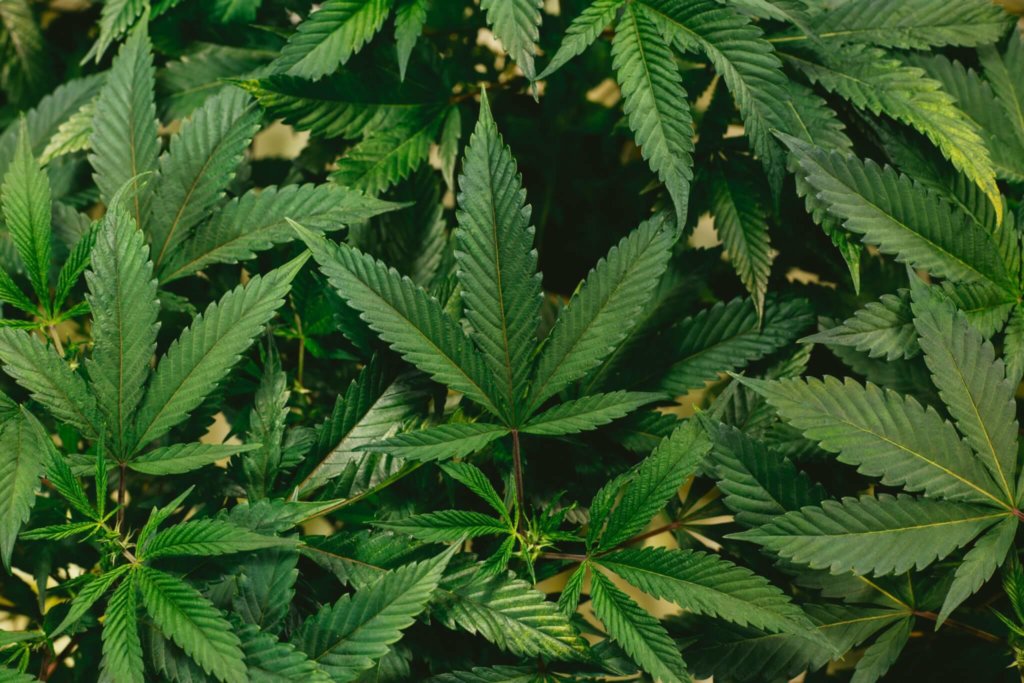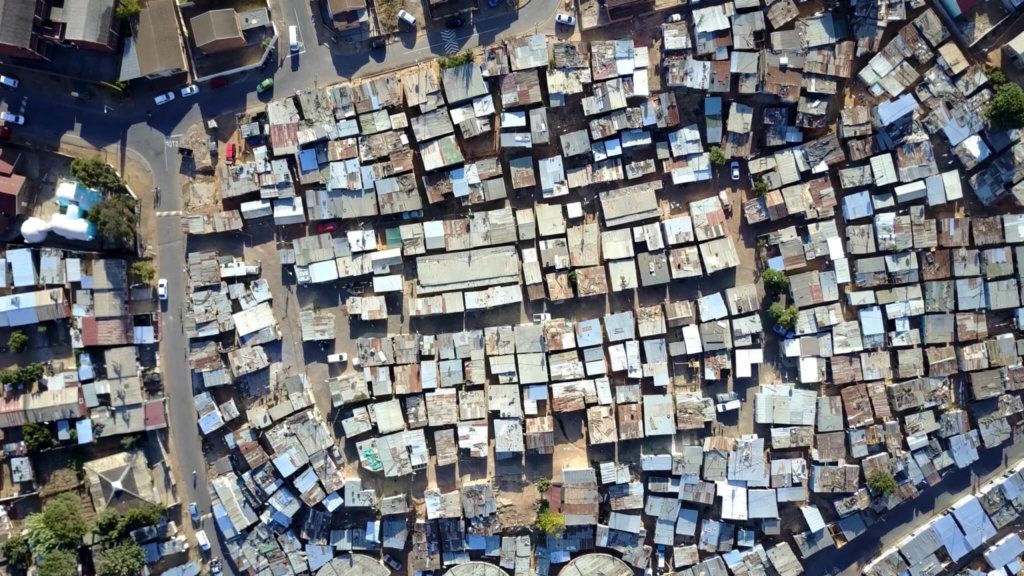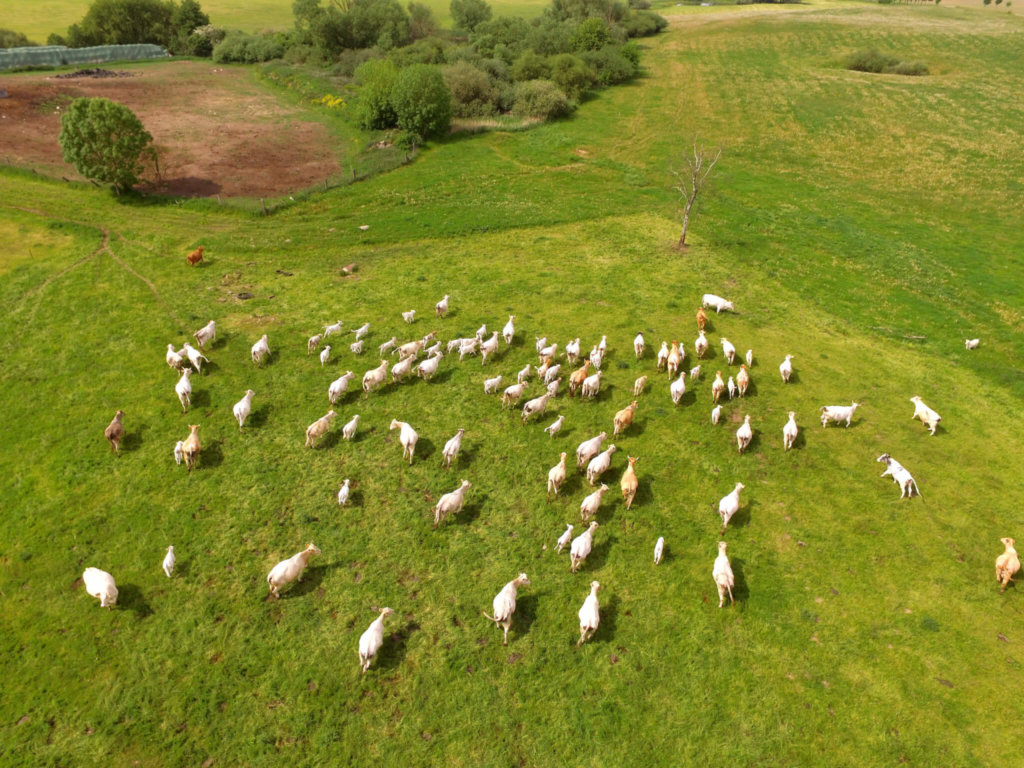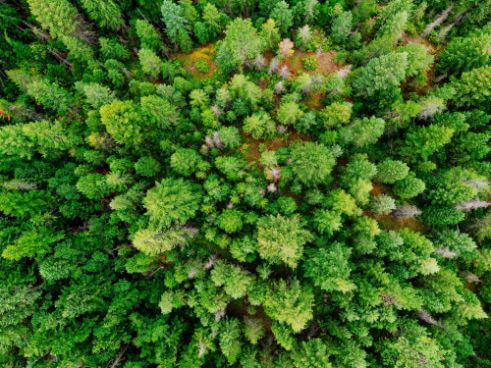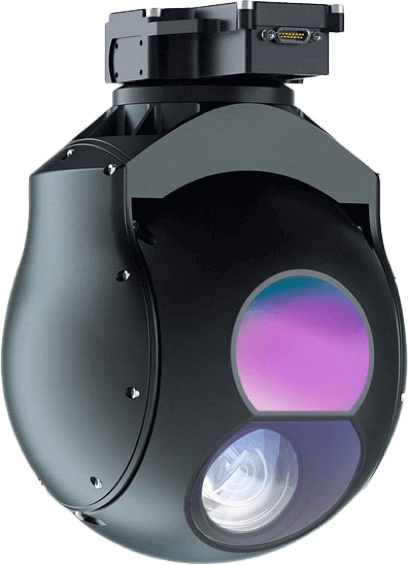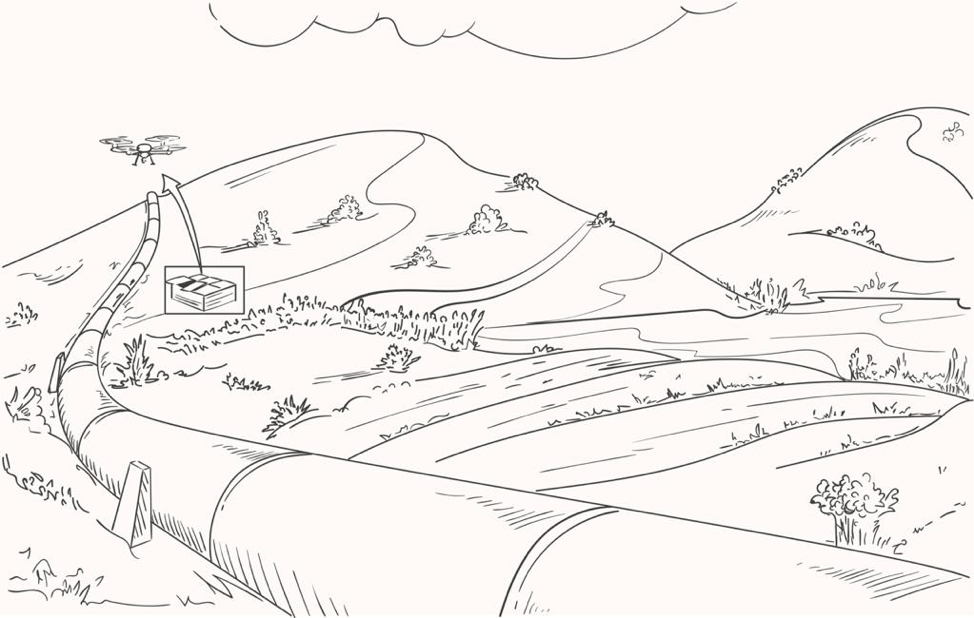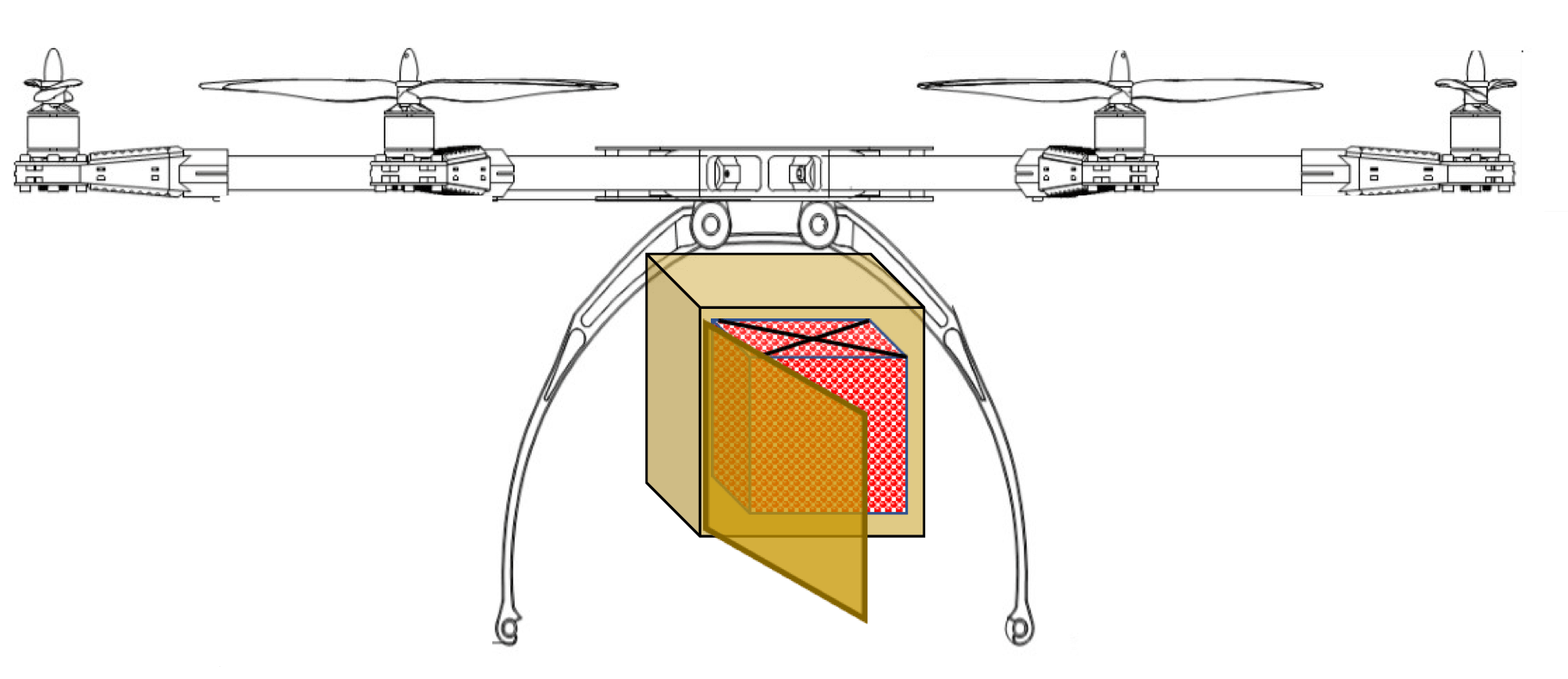Drones stop palm oil deforestation of rain forests.
Brazil
Brazil has seen success following the intensification model to decrease deforestation in the Amazon. Increasing access to rural credit tied to compliance with environmental regulation has shown to be an effective model at increasing agricultural productivity on existing farmland and preventing forest clearing for cropland expansion.

It is estimated by the world bank that to meet vegetable oil demand in 2020, would require 6.3 Million hectares of oil plantation. And using soybean oil instead would require an additional 42 Million hectares. An area roughly the size of California.

Palm oil plantations are responsible for 11 to 16 percent of Indonesia’s forest loss in the last two decades . 56 percent of oil palm expansion in Indonesia between 1990 and 2005 occurred at the expense of natural forests.

But oil palm supplies more jobs per hectare than any other farming. What’s more, the jobs are all year round rather than seasonal.
Ageing Tree Population: Peak crop yields are achieved at the age of 9-18, and gradually decline, thereafter.

Over the next ten years approximately 126,000 hectares of additional trees each year will continue to enter this “old age” category. The backlog of under performing trees, therefore, is growing. International palm oil prices have climbed over recent years, which in turn has reportedly suppressed normal replanting rates. Growers are resisting the option of replacing the old but producing trees in a time of record profits.
Older trees have a significantly lower genetic yield potential than their newly cloned counterparts and the cultivars currently available. The longer it takes to replant the older cultivars the larger the delay in improving yields nationally.


The government is committing over US$135 million in 2013 to jump-start a national oil palm replanting program targeting smallholder producers: replacement rate of 100,000 hectares per annum by providing grants to smallholders covering the cost of replanting. Commercial palm oil companies will also replant upwards of 100,000 hectares per annum, resulting in a net 200,000 hectare per annum total replanting scheme.
In 2012 Malaysia had over 5.0 million hectares of oil palm plantations: 4.3 million hectares of mature and 0.7 million hectares of immature oil palms.

135 trees per hectare – approximately 675 million individual trees being hand-harvested, fertilized, pruned and otherwise cared for by a largely immigrant labor force. Fruit bunches that are left unharvested rot on the trees. The labor pool is roughly 491,000 workers, of which 76 percent were from Indonesia.

 Drones stop palm oil deforestation
Drones stop palm oil deforestation
Already known for its role in Anti-poaching and Forest Conservation, UAVs are now also being seen as a critical element in solutions to the Oil Palm/Deforestation problem.
Using sensors on an Airborne Platform, such as Airborne Drones Vanguard UAV such as multispectral, infrared and thermal offer the possibility to research such aspects as plant health, offering possibilities for highly targeted responses to disease and growth variations, including the capturing and geo-tagging of high resolution images.
